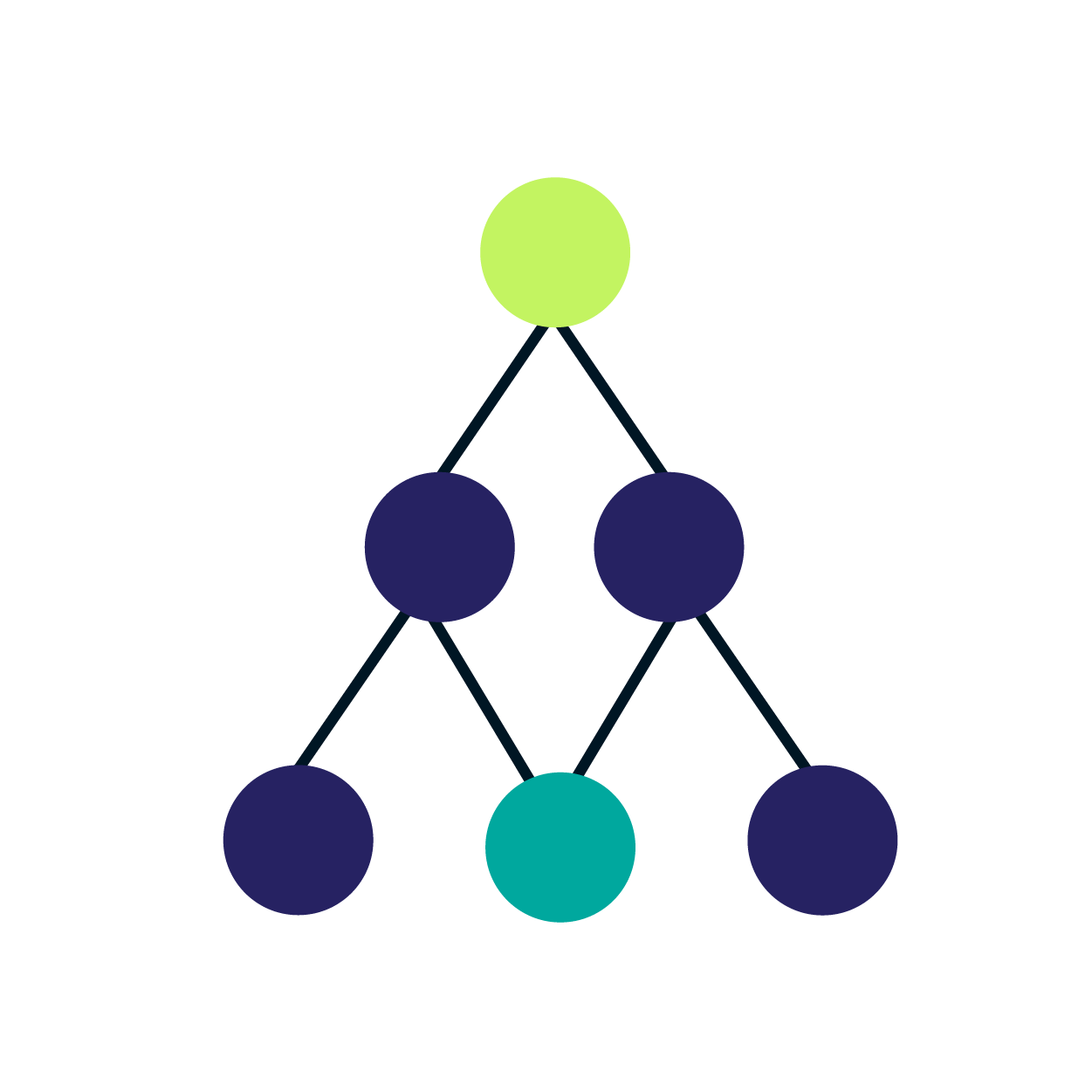
Meet Bill and Karl.
We help you ask the right questions about your business and your data.
Then we build the solutions.
We tackle one-of-a-kind, data intensive challenges in artificial intelligence, machine learning and statistical modeling that others cannot solve.
Sectors
We have worked in retail, comms, semiconductors, insurance, location services, biotech and medicine, government, real estate, finance and financial services, cryptography, app development, and IoT. But we enjoy any excuse to focus our efforts towards novel directions.
Our Work
Our clients’ issues have been quite diverse, so the nature of our engagements has varied:
Advising senior leadership around AI strategy, such as identifying market opportunities, assembling AI divisions (hiring plans, budget, interviewing), and crafting investor pitch decks (e.g., for Series A funding)
Building predictive models, such as predicting risky driving behavior for car insurance
Architecting and implementing cloud microservices model serving, such as for predicting home sales prices for a consumer app
Writing white papers for marketing or regulatory targets, such as the FDA, DOIs or the SEC
Frequently Asked Questions
-
Our clients show up with a business need and some kind of data they hope to leverage. We're good at recognizing when data science, machine learning, artificial intelligence, and advanced statistics can help solve your business problem with your available data, and we have enough experience to see where the pitfalls may lie. We can even give you advice on what data to assemble if you're at an earlier stage in the process.
We’ve built a variety of predictive models for production in various industries, but we particularly love any problem that doesn't have a cookie cutter solution. If the problem requires a leap into the mathematical unknown, it's a good day for us.
-
Say you have an outcome you'd like to predict…like the age of a visitor to your website, or the propensity for customer attrition, or whether this picture contains a cute kitten. There might be some pure randomness or ambiguity in the outcome, but you also have a strong sense that a) the outcome should be somewhat predictable and b) that you have (or could get) data associated with this outcome. If so… you might be in a great position to take advantage of predictive modeling and machine learning. We'd be happy to chat to help you figure out if this is an avenue you should pursue or just to make the whole topic less mysterious.
-
No, not at all. Our goal is to produce the most predictive and valuable model possible, but that result is governed both by the data you have and the business needs you face. All models are imperfect, and an important step in predictive modeling is quantifying the accuracy (or inaccuracy) of a potential model. Whether or not a given model is good enough for production is ultimately a business decision that we discuss and you decide.
-
Good question! We're open to a number of models. Some clients just need a few hours of expert advice to orient themselves in the space. At the other extreme we've created the entire predictive modeling subsystem for clients, from the data analysis through the modeling and on to software development and deployment in production. It depends on your problem and your needs. We want it to help your business and be fun for all involved.
Bill Bradley
I live in Boston and judge the season by whether my kid is hitting me with snowballs or water balloons. I’ve been fascinated by puzzles of all sorts, which has led me through several different industries and various technical revolutions. I share John Tukey’s perspective on the work: “The best thing about being a statistician is that you get to play in everyone’s backyard.”
PhD, MIT in Pure Mathematics; MA, University of Cambridge; BA, Harvard.
Karl Knaub
I like math, I like storytelling, I like working with people. In one form or another, that's what I've been doing since I finished school. I started in rural Appalachia, lived in big cities for a long time, and finally settled in the liminal space of Madison, WI. Voracious reader, inveterate game player, strictly amateur parent and spouse.
PhD, University of Washington in Applied Mathematics; MS, University of Washington; BA, Swarthmore.
Our Process
Although customized for each client’s needs, this is a general overview of our process working from identifying challenges to the launch of our solution.
-

01. Problem Definition
Business Needs: Identify the landscape of business needs in play through conversations with all the product stakeholders.
Team Structure: Understand the staffing structure to leverage resources for model building and guarantee that the final product can be reliably maintained.
Data Sources: Confirm that adequate data is available for modeling, whether through client resources or open source data.
-

02. Model Construction
Data Spelunking + Cleaning
Examine the data in detail, determining and addressing its limitations and defects.Model Pipeline
Write an automated software pipeline to ingest the data and fit a predictive model.Hyperparameter Tuning
Write software to tune the model and optimize its performance. -

03. Deployment
Model Serving Architecture
Design a system for efficiently and robustly storing and loading models, typically in the cloud.Model Drift Detection + Correction
After the model is fielded, run continuous tests to detect failure; diagnose and correct if needed.


